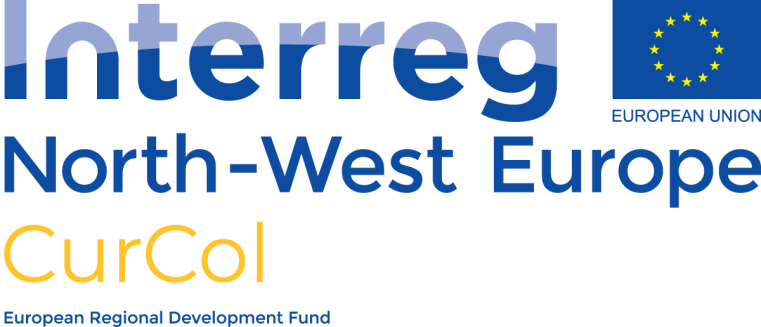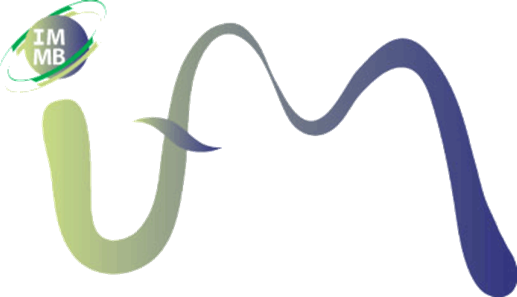Interreg North-West Europe Projekt

© Interreg North-West Europe ECOPRO
Eco friendly COlourants for Polymer pROducts (ECOPRO)
Projektförderung
-
Total project budget: € 493.464,26
-
ERDF funding: € 296.078,55
-
Mitarbeitende
Dr. Julia Wessel
Malte Jochimsen
Marie Franke
Thematik
The Interreg NWE project ECOPRO continues the previous project CurCol. The aim of the project is to develop sustainable and biodegradable colourants for packaging materials. As in the CurCol project the colourants are based on the orange plant compound curcumin that is being chemically modified for obtaining further colours. Further information about the project can be found at the official website of the project: https://ecopro.nweurope.eu/
The main tasks of our group is to characterize the chemical stability of the coulourants as well to investigate their environmental fate and potential ecotoxicity.
Projektbeteiligte
- Technological University of the Shannon: Midlands Midwest, Ireland (Lead partner)
- Stichting Avans, Netherlands
- University of Münster, Germany
- Quality Additives Ltd, Ireland
Curcumine based sustainable colours (CurCol)
Interreg North-West Europe Projekt

© Interreg North-West Europe CurCol Projektförderung
- Total project budget: € 2,6 million
- ERDF funding: € 1,6 million
Mitarbeitende
- Julia Wessel
- Franziska Gorecki
Thematik
The Interreg NWE project CurCol aims to demonstrate economic potential for the production chains from regionally produced plants to colourants in packaging. The project assesses three pilots for colourant production and application in plastic and paper packaging, by defining barriers, business cases and action plans. The focus of CurCol is on the yellow natural colourant Kurkumine.
Europe absorbed approximately 87 million tons of packaging waste per year. (Industrial) composting is often used for biobased packaging materials, such as PLA. Non-biodegradable synthetic colourants are released during composting. Many contain toxic components that accumulate in the environment. When recycling paper, these colourants also end up in wastewater. We can prevent this by using natural colours. Project partners from Ireland, Germany, Belgium and the Netherlands join the CurCol project to reach this.
Transition to curcumine colours
The few available biodegradable colourants do not meet the quality criteria, so that the packaging industry cannot use them now as an alternative to fossil-based substances. Curcumine, a yellow natural colorant, is already used in food and pharmaceuticals. Wide application is hampered, mainly due to poor UV stability. Recent research shows that it is possible to improve UV stability and generate other colors like red and blue. CurCol continues this research.Long term
The aim of the project is:
- The valorisation of biobased dyes in biodegradable packaging,
- introduction of a valuable crop in the greenhouse industry
- and identification of new supply chains,
- signaling growth in jobs and economic activity.
On the long term new knowledge and transnational partnerships support the transition to a circular and biobased economy. CurCol focuses on packaging, but application in, for example, textiles and cosmetics is also possible. Want to know more about this project? Please contact Bas Koebrugge, Project leader CurCol, b.koebrugge@avans.nl
Projektbeteiligte
- Stichting Avans (Lead partner)
- Provinciaal Proefcentrum voor de Groenteteelt Oost-Vlaanderen vzw
- Centexbel
- Rubia 100% Natural Colours
- Athlone Institute of Technology
- Aachen Maastricht Institute for Biobased Materials e.V.
- DeltaQ T/A Quality Additives
- Westfälische Wilhelms-Universität Münster

